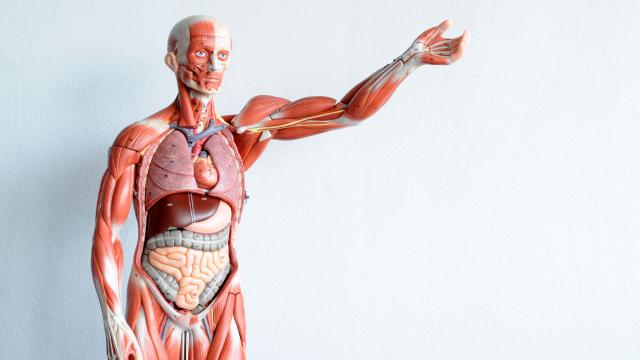What Do War Injuries Look Like in the Brain?

What’s the Latest Development?
Researchers at NYU have recently begun an impressively large and well-funded study of 1,500 individuals who have suffered from post-traumatic stress disorder. The aim of the research, which will last five years, is to find biological markers of PTSD that could provide reliable, objective evidence of so-called invisible war injuries. “We want to elevate mental health to standard physical health,” said Dr. Charles R. Marmar, chairman of the psychiatry department at NYU Langone Medical Center, and the lead investigator on the project.
What’s the Big Idea?
Biomarkers are physical indications of a disease which may also suggest whether a patient is likely to contract other illnesses in the future. “Tissue damaged by a heart attack releases chemicals into the blood that can be detected. Abnormal levels of the proteins amyloid and tau, as well as shrinkage of certain areas of the brain, are considered markers of Alzheimer’s disease.” The current lack of biomarkers for PTSD has been harmful because, without them, disorders can go undetected until they are disabling. Biomarkers can also be used to determine whether certain treatments are effective.
Photo credit: Shutterstock.com





